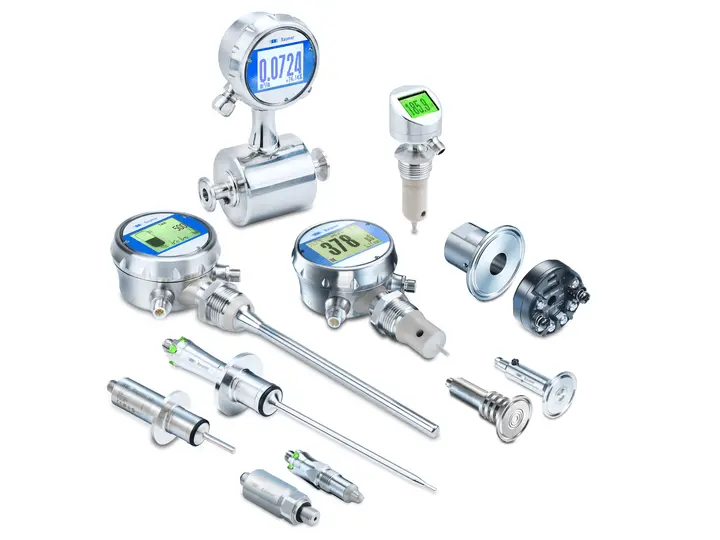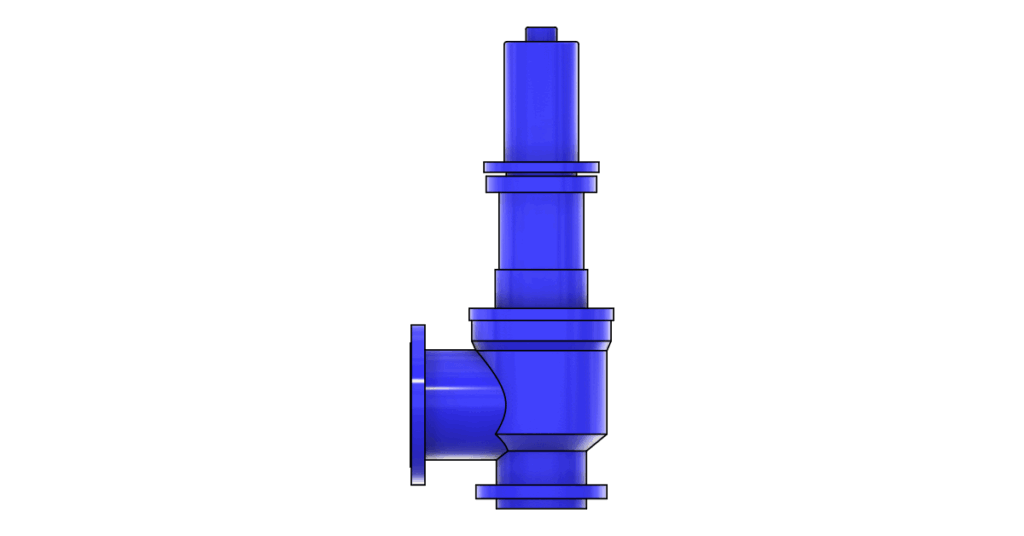What Is Industrial Instrumentation? A Guide To Smarter Process Control

What Is Industrial Instrumentation? A Guide To Smarter Process Control Industrial instrumentation is the science of measurement and control. It encompasses the vast array of devices, sensors, and systems used to monitor, measure, and regulate physical variables like pressure, temperature, level, and flow within industrial processes. Think of it as the central nervous system for a factory or plant; it provides the critical real-time data needed to make informed decisions, ensuring everything operates safely, efficiently, and consistently. Without accurate instrumentation, processes would be blind, unreliable, and potentially dangerous. Key Aspects of Instrumentation: The Big Four Measurements Four fundamental variables, expertly managed by instrumentation, are at the heart of most processes. Pressure: The force applied by a gas or liquid on a surface. It’s crucial for containing energy within systems. Example: A pressure gauge on a compressed air tank ensures it doesn’t exceed its maximum safe working pressure, preventing a catastrophic rupture. Level: The height of a substance (liquid or solid) in a vessel, tank, or silo. It’s essential for inventory management and preventing overfills. Example: A level gauge on a fuel storage tank tells operators how much product is available, ensuring a facility doesn’t run out unexpectedly during a critical operation. Flow: The rate at which a fluid or gas moves through a pipe. It is key to managing material consumption and production rates. Example: A flow meter on a chemical injection skid precisely measures the exact amount of additive being mixed into a main product, guaranteeing the final mixture’s quality and consistency. Temperature: The degree of hotness or coldness in a system. It is vital for reaction control, safety, and product quality. Example: A temperature gauge in a brewery’s mash tun ensures the grains are held at the perfect temperature to activate enzymes, which is essential for converting starches into fermentable sugars. Benefits of Instrumentation: More Than Just Numbers Investing in high-quality instrumentation delivers tangible returns across your entire operation. Safety: This is the top priority. Instruments act as the first line of defense, preventing disasters like equipment over-pressurization, tank overfills, or overheating. Efficiency & Cost Savings: By providing precise data, instrumentation helps optimize resource use. You use exactly the amount of energy, water, or raw materials needed, reducing waste and lowering operational costs. Quality Control: Consistent processes create consistent products. Instrumentation ensures every batch meets the same specifications, protecting your brand’s reputation. Downtime: Predictive maintenance is powered by instrumentation. Small changes in vibration, temperature, or pressure can signal an impending failure, allowing you to schedule repairs before a costly, unplanned shutdown occurs. Why is precise instrumentation non-negotiable? The old adage is true: “You can’t control what you don’t measure.” Guessing leads to inefficiency, product waste, and risk. Instrumentation replaces guesswork with hard data, providing the visibility required to automate complex processes, protect multi-million dollar assets, and make strategic decisions that boost profitability. Examples of Instruments in Action: Oil & Gas: A pressure gauge on a wellhead monitor ensures extraction pressures are safe and optimal. Water Treatment: A pH sensor (a type of analytical instrument) constantly measures water acidity to ensure the correct dosage of treatment chemicals. Power Generation: A vibration monitor on a turbine shaft detects unusual oscillations, signaling the need for maintenance before a breakdown happens. Food & Beverage: A sanitary temperature indicator in a pasteurization line verifies that someone has heated milk to the required temperature to ensure it is safe for consumption. The Bottom Line Instrumentation is not an overhead cost; it is a foundational investment in the safety, intelligence, and profitability of your industrial operations. Choosing robust, accurate, and reliable instruments from a provider like ADYAA ensures your process control is in expert hands, giving you peace of mind and a clear competitive advantage. What Is Industrial Instrumentation? A Guide To Smarter Process Control What is a Safety Relief Valve? – The Complete Beginner’s Guide
What is a Safety Relief Valve? – The Complete Beginner’s Guide

What is a Safety Relief Valve? – The Complete Beginner’s Guide A Safety Relief Valve (SRV) is a vital protective component in industrial systems, designed to safeguard equipment, processes, and personnel from dangerous overpressure. Its function is to automatically discharge excess pressure from vessels, pipelines, or systems once a preset pressure level is exceeded, and then close again once normal conditions return. Purpose of a Safety Relief Valve The main role of an SRV is to avoid serious failures by venting surplus pressure. Overpressure can result from various causes, including process disturbances, thermal expansion, mechanical malfunction, or human error. In such cases, the SRV serves as the final layer of protection. How a Safety Relief Valve Works Most SRVs work using a spring-loaded or pilot-operated setup. Under typical conditions, the spring keeps the valve shut. If the system pressure rises above the set value, the force from the fluid overcomes the spring’s tension, lifting the valve disc to release the extra pressure. Once the pressure falls below the set point, the spring pushes the disc back into position, closing the valve and stopping the flow. Key Standards & Regulations Safety Relief Valves must comply with recognized international standards to ensure performance and safety. Commonly followed standards include: ASME Boiler and Pressure Vessel Code, Section VIII. API Standards 520 and 521 ISO 4126 – Pressure protection safety devices. Industries That Use Safety Relief Valves SRVs are commonly found in sectors where overpressure could cause significant hazards, such as: Oil and Gas Chemical Manufacturing Power Plants Pharmaceutical Production Food and Beverage Processing Why Safety Relief Valves are Important Without SRVs, overpressure incidents could lead to accidents, major equipment damage, operational downtime, and even loss of life. Selecting, installing, and maintaining the correct SRV is critical for safe and dependable operations. At Adyaa Engineering, we provide and service certified Safety Relief Valves that conform to international requirements and suit specific applications. Our specialists handle sizing, selection, and testing to ensure top-level safety and reliability. What Is Industrial Instrumentation? A Guide To Smarter Process Control What is a Safety Relief Valve? – The Complete Beginner’s Guide
